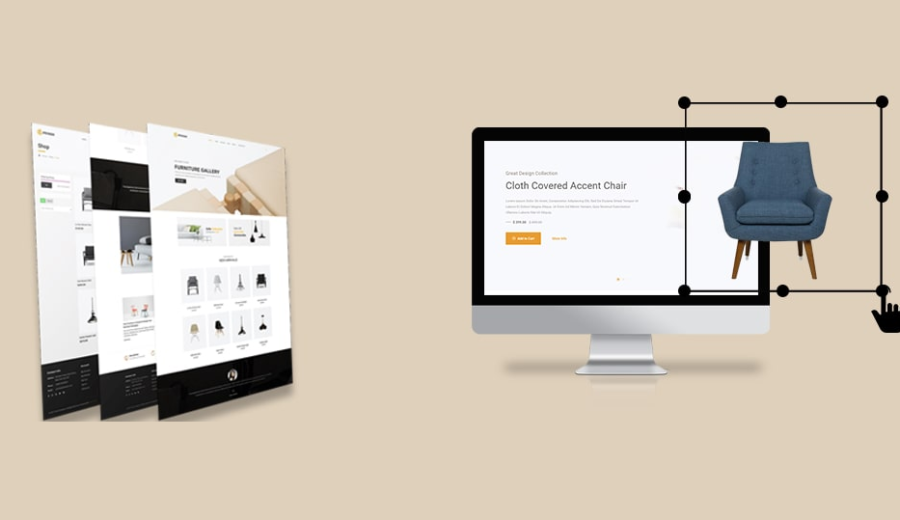Optimizing product pages is a crucial part of your Shopify store. It is where you show your customers the value of your products, and why they need to buy the products from your store. It is also where customers make the final decision to place an order or to leave your store.
Unfortunately, compared to the craze for driving traffic to the store, many store owners are not laying enough effort into product page optimization. So in this article, we are going to drill down on how to optimize product pages with 8 proven strategies to make your product pages sell.
6 Proven Strategies to Make High-Converting Product Pages
1. Improve site speed
Speed is the first impression of your product pages. In order to keep browsers on your site and decrease bounce rate, your product pages must be responsive and speedy. Ideally, the loading time of your pages should be less than 3 seconds. For Shopify store owners, it’s convenient to use free apps like Page Speed Optimizer to speed up your site.
2. Adopt high-quality images & videos
1) Images
A good product image can help your customer to decide whether to buy the product or not and also what to expect when they arrive in the package. So instead of using stock photos that are bland, provide your consumers with high-definition images available in different angles and for different variants. If you want to go beyond that, consider using a 360-degree viewing option to give your customers a complete virtual view of the product.
2) Videos
Videos are great ways to keep your visitors engaged and display how the products look in real-life scenes. For complicated products, videos are also good “instructions” to educate visitors on what it is, what it does, and how to use it. Besides, videos are also good for SEO, helping the page to rank higher in search results.
Note that you should be careful not to use images or videos that are too large for the website to load. Try to keep your images or videos at the smallest size possible without sacrificing quality.
3. Make compelling product descriptions
1) Add an extract of the product
Use a single, crisp paragraph above the fold, and place a detailed description explaining it down the fold. You can enrich each feature in the following content with rich context, explanation, and images to help the description be more convincing.
2) Adopt descriptions that address customers’ pain points
A product description that has strong selling power must be the description that addresses customers’ pain points. So you need to understand your customer’s motivations for buying your product as well as what concerns are preventing them from buying.
Instead of stacking some nearly meaningless sentences together, try to do some customer research and figure out what’s your customers’ pain points and write your description accordingly. Another way is to look at your competitors’ product pages, especially their customer reviews, and see how your competitor’s buyers like and dislike the product.
3) Consider page SEO
Remember, you’re not only writing to your audience but also the web crawlers. For online shops, SEO (search engine optimization) is an important factor that would influence store traffic volume. In order to improve search ranks, you can optimize the product descriptions. It is a great way to insert keywords to your page that have high searching volume.
4. Add social proofs
Social proof is a psychological theory in which consumers will adapt their ideas according to what other people are doing. Types of social proof include on-site or off-site customer ratings, celebrity endorsements, expert proof, testimonials, etc.
When shopping online, customers are not able to physically touch, grab or experience the products themselves. That’s why social proof, as a relatively genuine, third-party endorsement, can have a great impact on customer purchasing decisions.
By adding compelling and relevant social proofs to your product page, you can build brand trust and significantly boost online conversions.
An easy way to do that is to start by emailing your customers for reviews or using experience after their purchase. Once you have enough social proof material, you can post it on your product page to make your description more convincing.
5. Use upsell & cross-sell
Upselling means suggesting a more expensive product or service than the one the visitor is currently viewing. Cross-selling is about displaying complementary pieces to encourage shoppers to consider buying them together. These two ways can both connect additional products to what the customer is looking at and increase conversion rate as well as average order value.
One thing to note is that either upselling or cross-selling cannot be used in a too pushy way, or else the visitors may feel uncomfortable.
For Shopify store owners, there is a convenient way to upsell and cross-sell, which is to use apps. For example, “You may also like”, “frequently bought together”, “product bundles”, etc.
6. Optimize for mobile
According to Statista, the share of mobile retail commerce sales in the overall U.S. retail e-commerce sales is expected to reach 53.9%. The importance of mobile retail commerce can never be overlooked. In fact, there is even a word called “m-commerce”. So if you want your product pages to maximize conversion rates, you’ll have to climb aboard the “m-commerce” train.
There are many great page builders to help you easily configure your website for mobile use. But you need to know what parts should you focus on while doing mobile optimization. For beginners, there are mainly 4 things to consider:
- Optimize your tap targets from the user experience(UX) point of view
- Simplify your store navigation to (For instance, reduce the number of navigational layers)
- Optimize the page font and text typography for easy reading
- Keep your call-to-action button visible at all times
Final Words
The product page is the place customers make the final decision of whether to buy the products. While a poorly presented or unstructured product page will frustrate your customers and prevent them from purchasing, a compelling product page separates you from your competition and convert your site visitors into buyers better than ever before.








